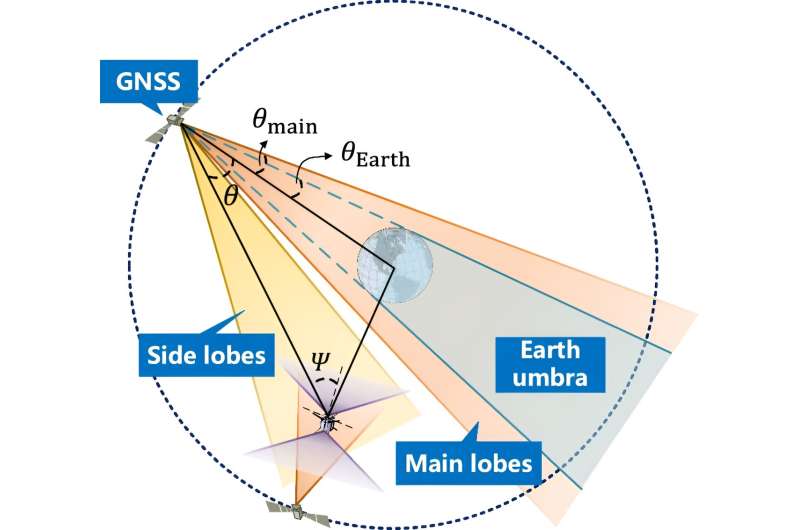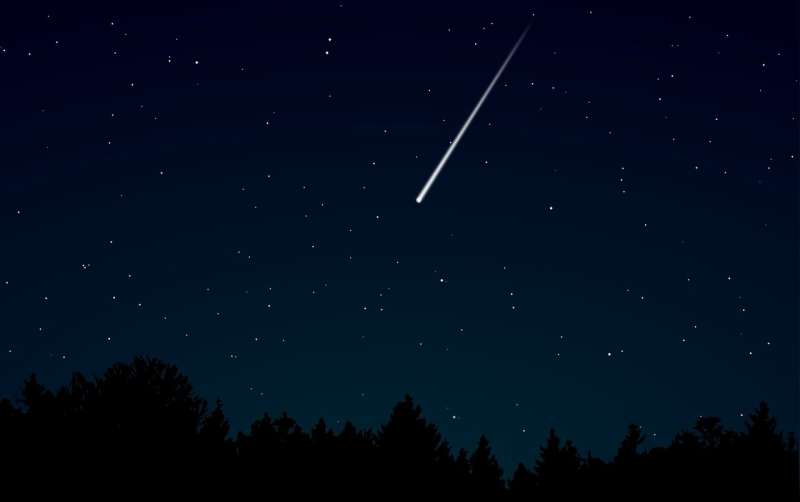
Copernical Team
Astronomers spot a "highly eccentric" planet on its way to becoming a hot Jupiter
 Hot Jupiters are some of the most extreme planets in the galaxy. These scorching worlds are as massive as Jupiter, and they swing wildly close to their star, whirling around in a few days compared to our own gas giant's leisurely 4,000-day orbit around the sun.
Scientists suspect, though, that hot Jupiters weren't always so hot and in fact may have formed as "cold Jupiters," in more frigid
Hot Jupiters are some of the most extreme planets in the galaxy. These scorching worlds are as massive as Jupiter, and they swing wildly close to their star, whirling around in a few days compared to our own gas giant's leisurely 4,000-day orbit around the sun.
Scientists suspect, though, that hot Jupiters weren't always so hot and in fact may have formed as "cold Jupiters," in more frigid NASA Halts VIPER Project to Refocus Lunar Exploration Efforts
 NASA has decided to discontinue the VIPER (Volatiles Investigating Polar Exploration Rover) project after a thorough internal review. The decision was made due to escalating costs, launch delays, and potential future financial risks.
Initially slated for a late 2023 launch, the VIPER project was postponed to late 2024 to allow for additional preflight testing of the Astrobotic lander. Howe
NASA has decided to discontinue the VIPER (Volatiles Investigating Polar Exploration Rover) project after a thorough internal review. The decision was made due to escalating costs, launch delays, and potential future financial risks.
Initially slated for a late 2023 launch, the VIPER project was postponed to late 2024 to allow for additional preflight testing of the Astrobotic lander. Howe A bird? A plane? Meteor grazes skies above New York City: NASA
 New York has been the backdrop to countless "end of the world" storylines in film and TV.
But on Tuesday an actual meteor shot over the city's iconic Statue of Liberty before disintegrating high above Manhattan, NASA's Meteor Watch said in a post on Facebook.
Residents flooded the internet with reports of a fireball in the sky, with some describing the sensation of an earthquake, and oth
New York has been the backdrop to countless "end of the world" storylines in film and TV.
But on Tuesday an actual meteor shot over the city's iconic Statue of Liberty before disintegrating high above Manhattan, NASA's Meteor Watch said in a post on Facebook.
Residents flooded the internet with reports of a fireball in the sky, with some describing the sensation of an earthquake, and oth NASA Ships SLS Core Stage to Florida for Artemis II
 NASA has transported the core stage of its Space Launch System (SLS) rocket from New Orleans to Florida, marking a significant milestone in preparation for the Artemis II mission, the agency's first crewed lunar flight under the Artemis program.
The massive core stage was carefully moved from the Michoud Assembly Facility in New Orleans to NASA's Pegasus barge, which will carry it over 900
NASA has transported the core stage of its Space Launch System (SLS) rocket from New Orleans to Florida, marking a significant milestone in preparation for the Artemis II mission, the agency's first crewed lunar flight under the Artemis program.
The massive core stage was carefully moved from the Michoud Assembly Facility in New Orleans to NASA's Pegasus barge, which will carry it over 900 Lunar Navigation Enhanced with GNSS for Earth-Moon Spacecraft
 A new study has advanced the navigation of spacecraft between Earth and the Moon using the Global Navigation Satellite System (GNSS). By utilizing an adaptive Kalman filter, the research addresses issues such as weak signals and poor observation conditions near the Moon, significantly enhancing the accuracy and reliability of future space missions.
As lunar exploration accelerates, there i
A new study has advanced the navigation of spacecraft between Earth and the Moon using the Global Navigation Satellite System (GNSS). By utilizing an adaptive Kalman filter, the research addresses issues such as weak signals and poor observation conditions near the Moon, significantly enhancing the accuracy and reliability of future space missions.
As lunar exploration accelerates, there i NASA cans lunar rover after spending $450mn building it
 Following a comprehensive internal review, NASA announced Wednesday its intent to discontinue development of its VIPER (Volatiles Investigating Polar Exploration Rover) project.
NASA cited rising costs, delays in the launch schedule, and the risks of further cost growth as reasons for halting the mission. The rover was initially set to launch in late 2023, but in 2022, NASA requested a del
Following a comprehensive internal review, NASA announced Wednesday its intent to discontinue development of its VIPER (Volatiles Investigating Polar Exploration Rover) project.
NASA cited rising costs, delays in the launch schedule, and the risks of further cost growth as reasons for halting the mission. The rover was initially set to launch in late 2023, but in 2022, NASA requested a del Heart of Hertz 2.0
 Image:
Heart of Hertz 2.0
Image:
Heart of Hertz 2.0 ESA gears up for the Farnborough International Airshow

The Farnborough International Airshow is set to return for its 76th edition. Held every two years, the UK’s largest trade airshow will be back at the historic Farnborough Airport in Hampshire from 22 to 26 July 2024. ESA will be there to showcase the agency’s latest achievements and to highlight its next steps and future vision for Europe in space. An intense programme of panels and sessions awaits industry professionals and trade visitors on the first four days, while the public is welcome on 26 July for the public day.
Lunar leap: GNSS-powered autonomous navigation for moon-bound spacecraft

As lunar missions gain momentum, the demand for advanced navigation technologies that exceed traditional Earth-based systems grows. A new study addresses the challenges of weak Global Navigation Satellite System (GNSS) signals and spacecraft maneuvers in the lunar space, emphasizing the need for sophisticated integrated navigation systems.
Combining GNSS, Inertial Navigation System (INS), and star trackers, this research paves the way for enhanced accuracy and stability in space navigation, essential for the success of future space exploration.
Researchers from Shandong University, in collaboration with the Shandong Key Laboratory of Optical Astronomy and Solar-Terrestrial Environment, have published the study in Satellite Navigation on July 1, 2024. The study introduces an adaptive Kalman filter to enhance GNSS performance for spacecraft navigating in the Earth–moon space.
A meteor streaked across the NYC skyline before disintegrating over New Jersey

A meteor streaked across the New York City skyline before disintegrating over nearby New Jersey, according to NASA.
William Cooke, the head of the space agency's Meteoroid Environments Office, said the fireball was first sighted at an altitude of 51 miles (82 kilometers) above Manhattan at around 11:17 a.m. Tuesday.
The meteor passed over the southern part of Newark, New Jersey, before disintegrating 31 miles (50 kilometers) above the town of Mountainside, he said. No meteorites or other fragments of space debris reached the planet's surface.
The space rock moved at a speed of about 41,000 mph (66,000 kph) and descended at a relatively steep angle of 44 degrees from vertical, Cooke said.
Its exact trajectory is uncertain, since reports are based only on eyewitness accounts and no camera or satellite data is currently available, he said.
As of Wednesday morning, there had been approximately 40 eyewitness reports filed on the American Meteor Society website, which the agency used to generate its estimates, Cooke said.
The fireball was not part of the Perseid meteor shower, and reports of loud booms and shaking could be explained by military aircraft in the vicinity around the time of its appearance, he said.
































